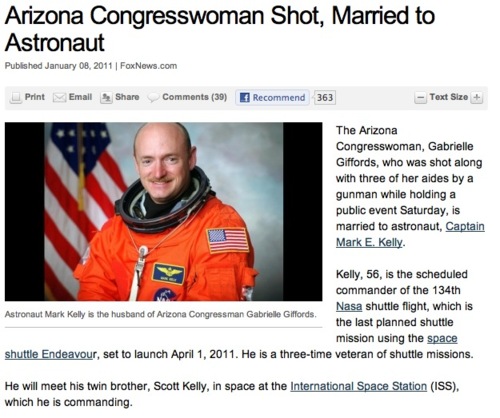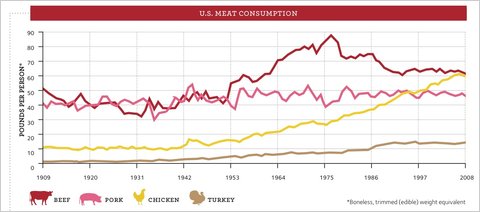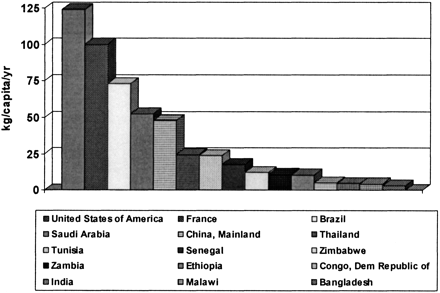
Sociologists have noted that wives of men with very high-paying, high-status job often serve as a non-official, auxiliary employee to the company for which their husbands work. They do so not only by ensuring that his house is clean, his clothes washed, his belly full, and his kids are raised, but by supporting his actual work. For example, they may act as a second secretary in the evenings: typing or editing his writing, keeping his calendar, and screening his calls.
The commercial for Kraft Mac ‘n Cheese is a great example of this kind of relationship. In the video, a man surprises his wife by bringing a “client” home for dinner. The wife is pissed off at the lack of notice, but the idea that women should be entertaining men to lubricate their husbands’ work relationships is taken-for-granted. This dinner is work, for both the husband and the wife, but only the husband is on the payroll.
Thanks to my good friend Nils for sending along this video.
Lisa Wade, PhD is an Associate Professor at Tulane University. She is the author of American Hookup, a book about college sexual culture; a textbook about gender; and a forthcoming introductory text: Terrible Magnificent Sociology. You can follow her on Twitter and Instagram.












